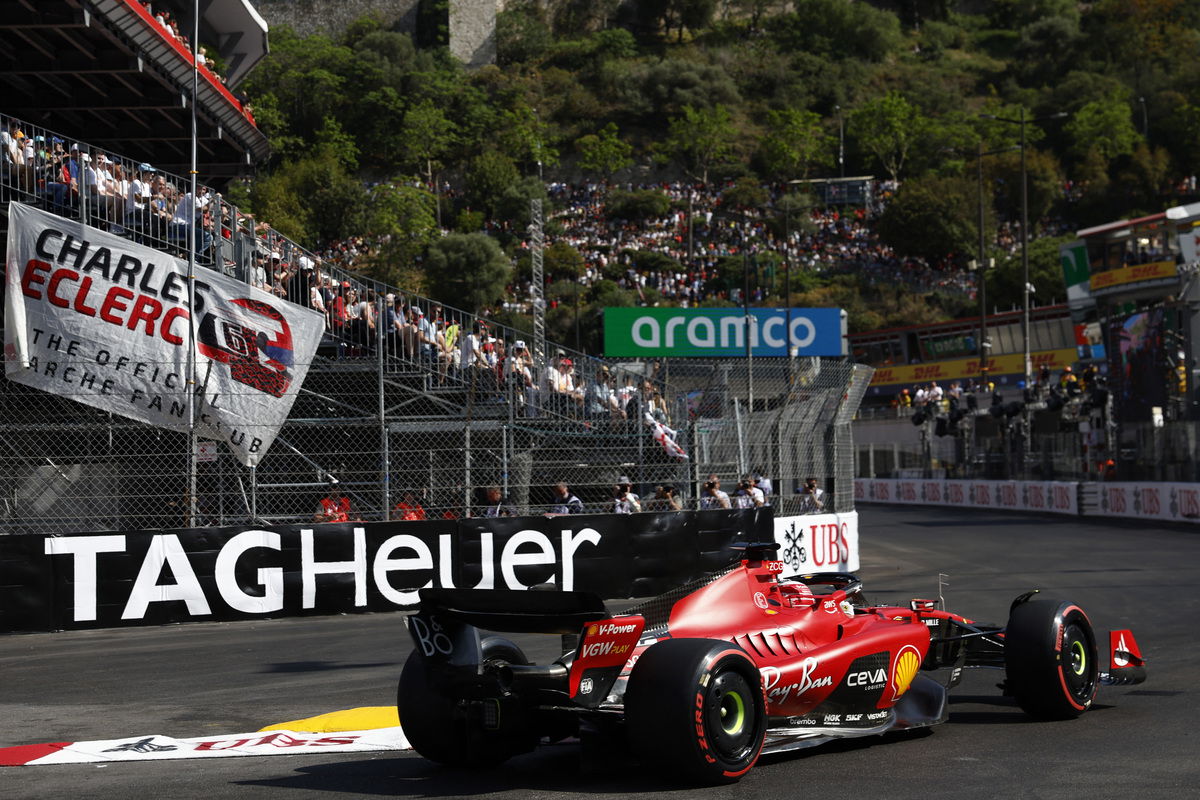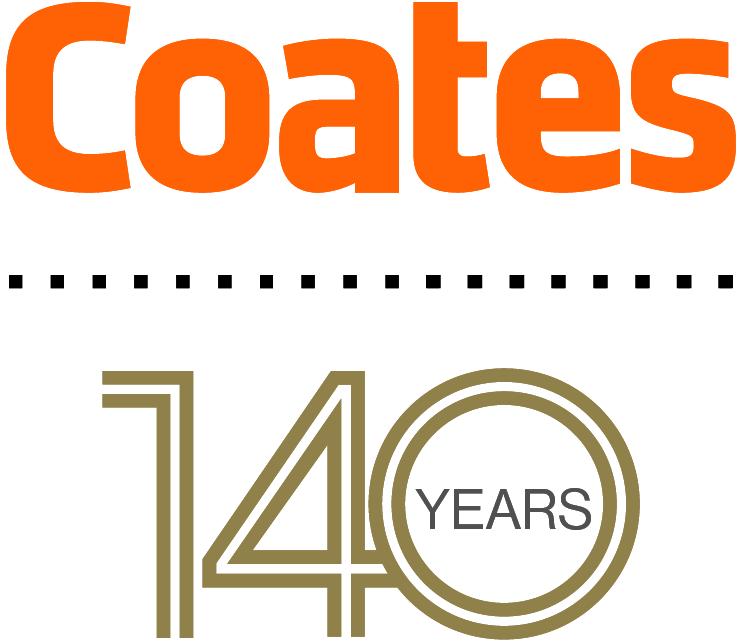

The F1 qualifying hour sets the order in which cars line up on the grid at the race start with the fastest drivers at the front and the slowest at the back.
The precise order is set by a three-part qualifying session that usually occurs the day before the race itself.
Spanning an hour, the time is divided into three segments, typically referred to as Qualifying 1 (Q1), Qualifying 2 (Q2), and Qualifying 3 (Q3).
Though other qualifying systems have been throughout F1 history, the current elimination-style system has proved a good balance between sporting purity and an engaging television product.
Qualifying 1
Qualifying 1 lasts 18 minutes and involves all 20 cars, with the slowest five eliminated at the end.
For those in less competitive machines, it’s about posting as good a lap time as possible, while for those in more competitive cars, it’s about simply not getting caught out and progressing through to the latter stages of the session without taking unnecessary risks.
Those faster runners may only set a single timed lap or even use a worn set of tyres for their second lap to save a fresh (and therefore faster) set for Qualifying 2 or Qualifying 3.
Without that luxury, those whose ambition is to simply escape the first elimination might elect to complete more laps and use more new sets of tyres to secure a spot outside of the drop zone.
The reason is that, depending on the circuit, grid position can be critical to race strategy and the outcome of a weekend.
Nowhere is that more obvious than in Monaco, where overtaking is essentially impossible; where a driver qualifies is, for the most part, where they can expect to finish.
A gamble in Qualifying can, therefore, have positive results in the race itself.
It’s also important to note that the moment cars roll out of the garage for qualifying, they enter parc ferme.
When Qualifying 1 concludes, the final five positions on the grid are set. The slowest five drivers climb out of their cars, their session is over, and the 15 remaining runners progress to Qualifying 2.
Qualifying 2
A short break (ostensibly to allow cars to return to the pits but also a convenient television break opportunity) follows before Q2 begins.
This is a shorter, 15-minute segment but like Q1 eliminates the slowest five cars to define positions 15th to 11th.
Again, differing strategies and objectives are in play though the stakes are higher as the slowest cars have already been eliminated.
The front-runners will again look to progress using as few new sets of tyres as possible, a point that can be used to gauge each respective team and drivers’ confidence.
Drivers with designs on pole position might begin Qualifying 2 using the same tyres they ran in Qualifying 1 to set a banker lap, a somewhat representative time intended simply as a fall back in case something unforeseen happens later, before taking a fresh set and completing a second run in the closing stages of the segment.
However, neither are likely to be full beans as the objective in Qualifying 2 is not to qualifying fastest, but to not be among the five slowest remaining runners.
Qualifying 3
The outright fastest laps, when nobody holds back, come only in Qualifying 3, when the 10 surviving drivers work to secure a spot a high up the grid as possible.
Depending on how a driver has fared earlier in the session, that may mean they have only a single set of new tyres available, enough for just a single lap, while others may have multiple sets.
Typically, teams will run early to get a time on the board and cover the risk of yellow or red flags, deleted laps, traffic – much as they did in Qualifying 2.
However, it’s in the moments before the chequered flag that heralds the end of the final 12-minute Qualifying 3 segment falls that the fastest times are typically set.
Once the dust has settled, the order of the top 10 drivers has been set which, in conjunction with the results of Qualifying 1 and Qualifying 2, sets the grid (barring any penalties), with the fastest driver claiming the coveted pole position.
Other formats from F1 history
While the three-part elimination style format has become the norm, it’s not the only format to have ever been used in F1 history.
For much of F1’s history there were two qualifying sessions, one each on Friday and Saturday, with the best time from either session counting towards the final grid.
There was no elimination format, simply an open track with an hour on the clock on both occasions during which teams were free to tinker with their cars in pursuit of the ultimate qualifying machine.
At its peak, there was even pre-qualifying, when there were more cars than grid slots and some had to qualify in a separate session merely for the right to participate in qualifying for the race itself – and without guarantee of a place on the grid.
That became less relevant as the sport became more professional and eventually entirely unnecessary.
In 1996, the two hour long sessions were replaced by a single 60-minute window on a Saturday afternoon, with drivers limited to 12 laps.
Like before, there were no real limits and no eliminations; drivers could head out at any point within the hour to set their best time and, at the end of the hour, the grid would be set based on each driver’s best time.
However, with the growth in television audiences, it was not a format which leant itself to the viewing public – it was easy to miss a fast lap, and there was no logical moment for commercial breaks.
Looking to spice things up, a one-lap format was introduced for 2003 where drivers headed out, one at a time, to set a single timed lap.
Initially a two-part system, drivers would head out on Friday in championship order before the meaningful session on Saturday, the running order having been set the day before, which actually determined the grid.
It was ideal for television as it gave every team coverage while also turning up the pressure to perform on the drivers, who could ill afford even a small mistake, but it was also complicated.
Simplified to a single lap on Saturdays for 2004 it gave way in 2005 for one of the worst formats ever used; aggregate qualifying.
Instead of a single timed lap, drivers ran two, with the times for both added together. The first lap was set on low fuel and the second on race fuel.
It was hideously unpopular and quickly abandoned in favour of a return to single lap qualifying after just six events.
The qualifying format experimentation effectively ended in 2006 with the introduction of essentially the system in place now.
Over the years there have been tweaks over fuel loads but for the most part the session ran as it does now.





















Discussion about this post